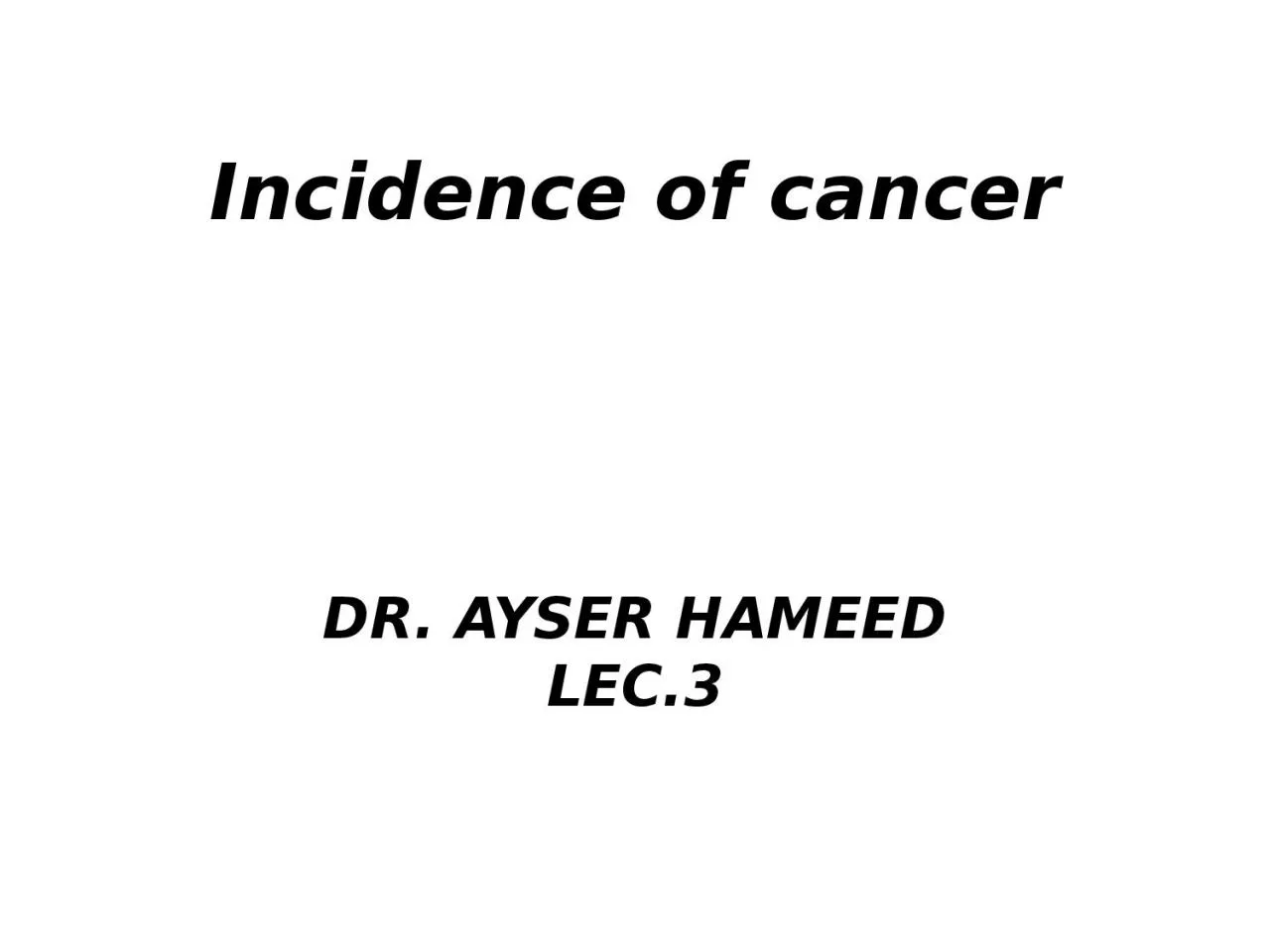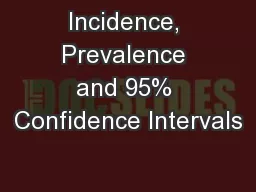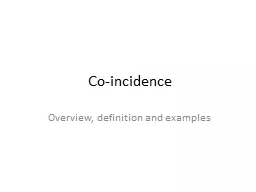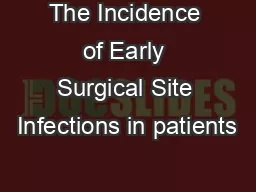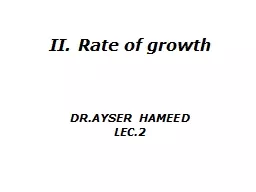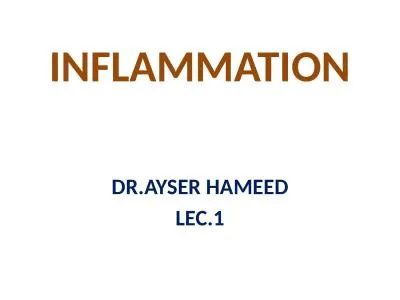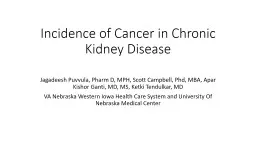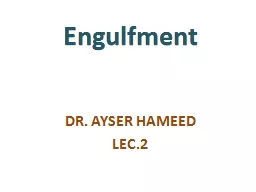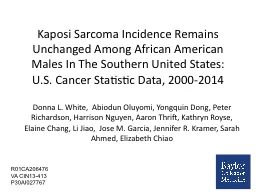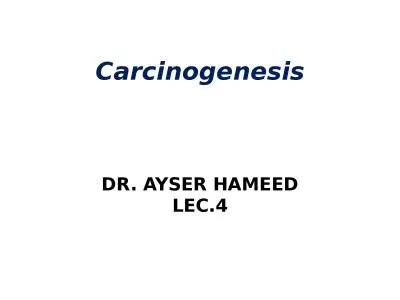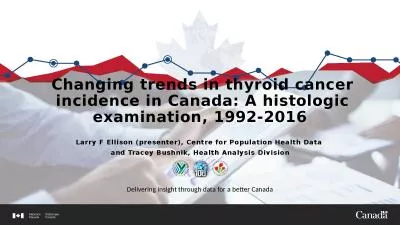PPT-Incidence of cancer DR. AYSER HAMEED
Author : Dragonlord | Published Date : 2022-07-28
LEC3 Incidence of cancer In male 30 Carcinoma of prostate 14 Carcinoma of Lung 11 Carcinoma of colon amp rectum In female 31 breast carcinoma 12 carcinoma of
Presentation Embed Code
Download Presentation
Download Presentation The PPT/PDF document "Incidence of cancer DR. AYSER HAMEED" is the property of its rightful owner. Permission is granted to download and print the materials on this website for personal, non-commercial use only, and to display it on your personal computer provided you do not modify the materials and that you retain all copyright notices contained in the materials. By downloading content from our website, you accept the terms of this agreement.
Incidence of cancer DR. AYSER HAMEED: Transcript
Download Rules Of Document
"Incidence of cancer DR. AYSER HAMEED"The content belongs to its owner. You may download and print it for personal use, without modification, and keep all copyright notices. By downloading, you agree to these terms.
Related Documents

